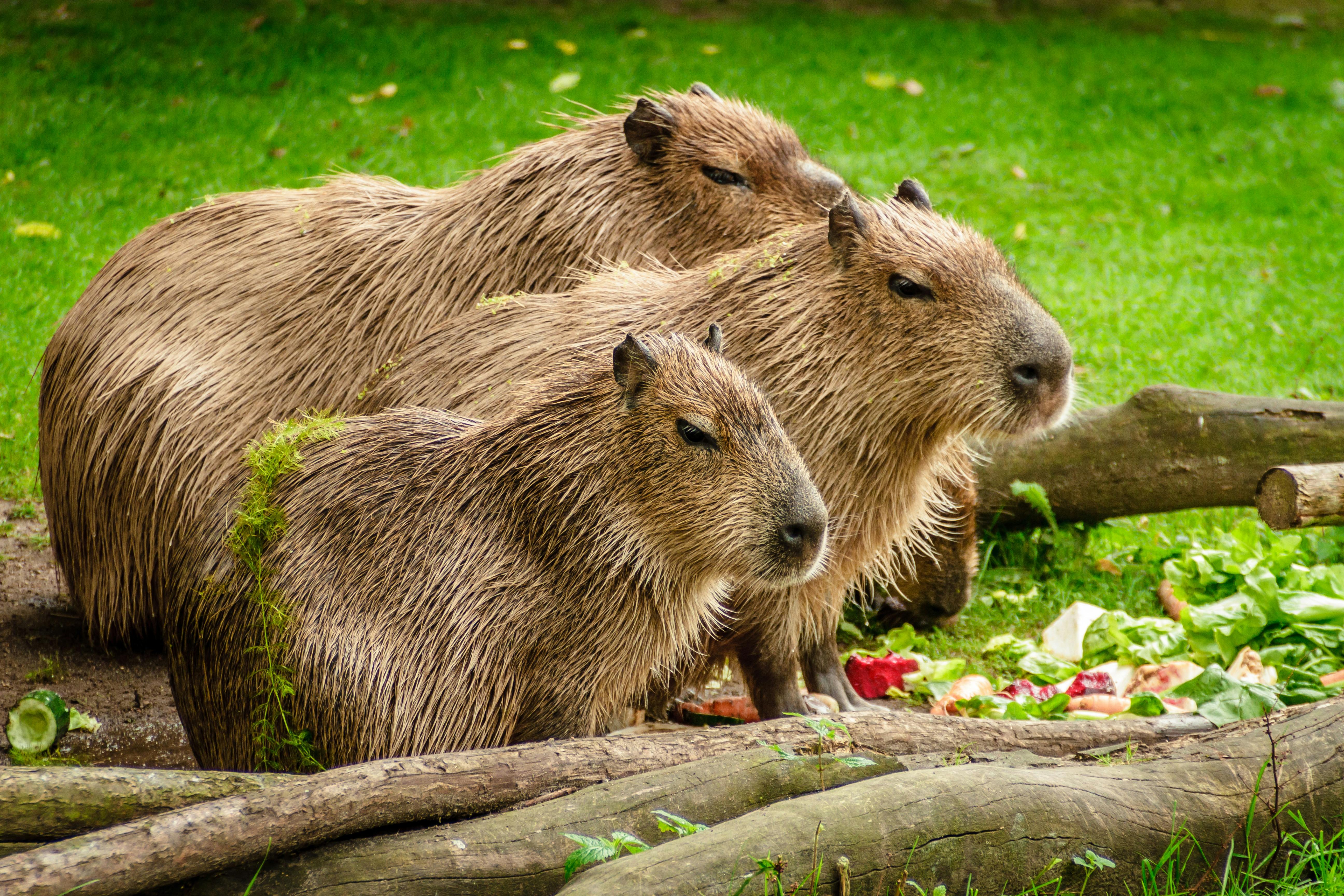Rediscovering the Capybara: A Cuddly Giant from South America
Capybaras, the world's largest rodents native to South America, are not your average pet. Their warm and sociable nature, combined with their unique appearance, has made them a hot topic among animal enthusiasts. This article delves into the intriguing world of capybaras, their history, care requirements, and their impact on the pet market.

A Historical Glimpse at Capybaras
Capybaras, scientifically known as Hydrochoerus hydrochaeris, have a fascinating history that dates back to prehistoric times. These giant rodents are believed to have evolved in South America around 30 million years ago. Their ancestors, Phugatherium, were much smaller but over millions of years, capybaras evolved to their current size to adapt to their wetland habitats.
Capybaras in Today’s World
In recent years, capybaras have caught the attention of pet lovers around the globe. Their calm demeanor and ability to bond with other animals have made them popular in petting zoos and wildlife parks. Some adventurous pet owners have even welcomed these large rodents into their homes. In Japan, capybaras have become a viral sensation, with hot spring resorts featuring capybaras enjoying warm baths, attracting tourists from across the world.
The Capybara Pet Market
Owning a capybara is not a decision to be taken lightly. These animals require a lot of space, a water body for swimming, and a special diet. As such, they are not suitable for apartment living. The cost of a capybara can range from $500 to $1,100, but the expenses for their habitat setup and maintenance can significantly increase the total cost. Despite these challenges, the capybara pet market has seen a steady rise, especially in the United States, where several states allow capybara ownership with specific permits.
The Capybara Impact
The rising popularity of capybaras has had several impacts. On one hand, it has increased awareness about these unique animals and their conservation needs. On the other hand, it has raised concerns about their welfare as pets. Capybaras are social animals that naturally live in large groups, and they may experience stress and loneliness in a domestic setting. There is an ongoing debate among animal welfare experts about the ethics of keeping capybaras as pets.
The Future of Capybaras
As we move forward, the future of capybaras as pets remains uncertain. Strict regulations and increasing awareness about their complex needs may discourage potential owners. However, their rise in popularity has opened a new window into understanding these fascinating creatures. Their unique traits and behaviors continue to captivate animal lovers, making capybaras an exciting topic in the world of pets and animals.
In conclusion, the capybara, with its giant size and lovable nature, has truly made its mark in the world of pets and animals. Its journey from the swamps of South America to the homes of animal lovers across the globe is a testament to its unique appeal. However, with this newfound popularity comes a responsibility to ensure the welfare and conservation of these adorable rodents.





